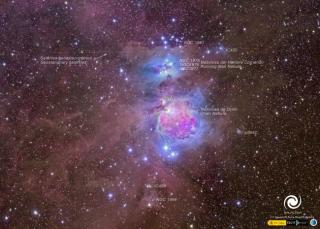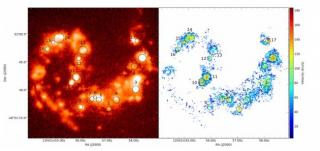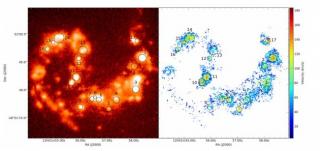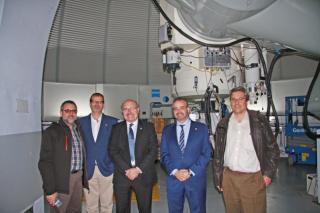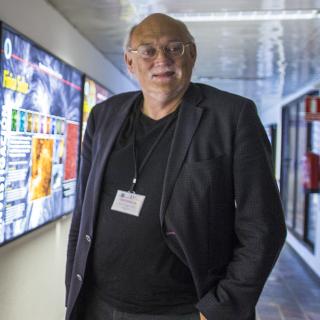
Life, as we know it, exists only on Earth. The emergence of life here may be a matter of probability or luck, but in Science there is no place for the second. Evidence is needed and, for this reason, there are researchers like Malcolm Fridlund, an expert on Astrobiology and Exoplanets, bent on finding other earths that can host some form of life, however simple it may be. Professor at the University of Leiden (Netherlands) and Affiliated Professor at the Chalmers Technical University in Gothenburg (Sweden), he has been involved in instrumental development and space missions of ESA and NASA
Advertised on

